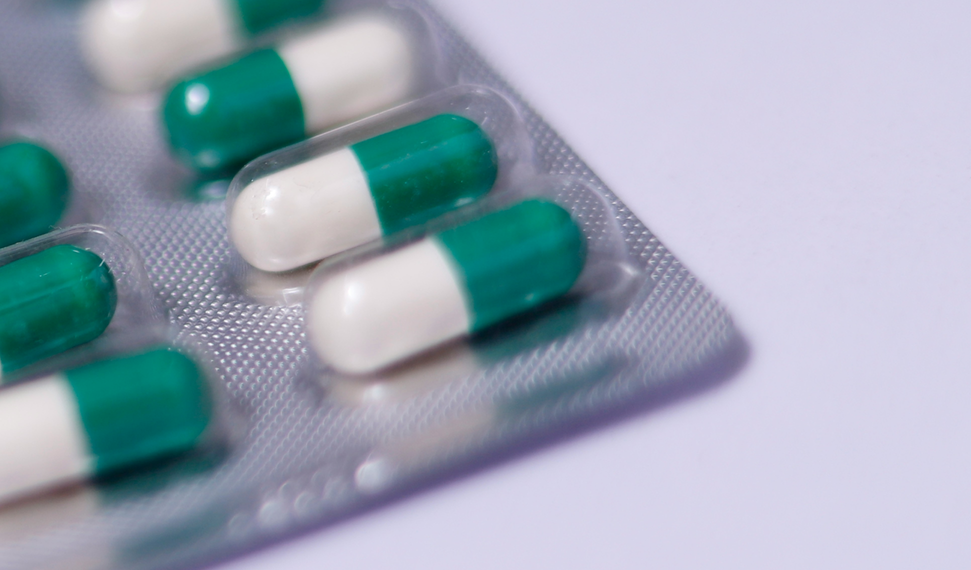Medication Safety: how can you contribute?
Achieving medication safety is a collective effort involving people who take medication, those who dispense and administer medications and the systems in place in any environment where medications are in use.
Adults in particular need to take measures to ensure the safety of children that are sharing their space or under their care e.g. school environment.
The main method of reducing risks for children and others is to keep medication secure. This might mean up high ‘out of reach’ or in a locked drawer or cupboard. In a formal environment, medication access control is paramount. Keys should be limited and access granted only to those who are trained in administering medication.
Many medications are supplied in child resistant packaging. If you are finding these difficult to open, please talk to your pharmacist about options for repackaging. If medication is being placed into a non-approved container, it may degrade, expire without your knowledge or be mistaken for the another medication. If medication is left out on a countertop for ease of access, a child may be curious and pick it up. To access a multi dose child resistant package, you can visit your local pharmacy.

Recent reductions to the quantity of paracetamol for sale in a single package, were made in response to a growing issue of harm in teenage girls. This should be a reminder that medications are for personal use and that it is important to control access, even from adolescents.
Another medication risk reducing strategy, is the safe disposal of medication. Medications should not be placed into household rubbish or disposed of down the sink or toilet. These methods add medication into the environment which exposes animals and humans to medication not intended for them. Please always return your medication to a pharmacy. The pharmacy can access a Return Unwanted Medicines (RUM) bin, where they can place the medicine to be taken for safe destruction.
Finally, to keep yourself healthy, practice finding and checking the expiry date on your medication containers. If this is done at least every 6 months, it reduces the likelihood of you taking a medication that has expired. Expired medications can be harmful.
Now is the time to make your plan to check through your medication, clear out the expired items and place the remaining ones into a secure location.
The information in this blog is general in nature and not tailored to individual circumstances. It is not a substitute for professional medical or pharmaceutical advice. Always consult a qualified healthcare professional for guidance specific to your needs.